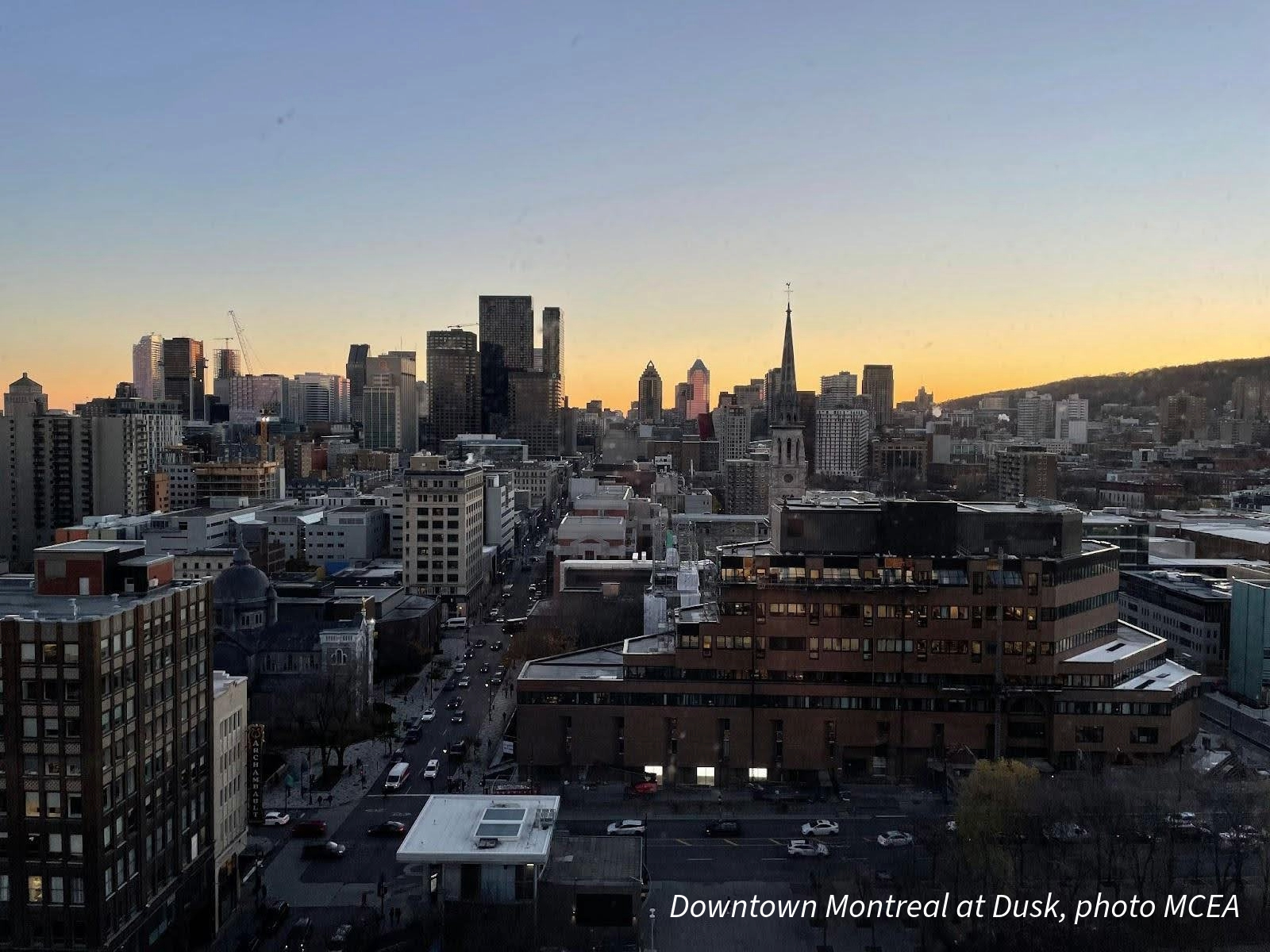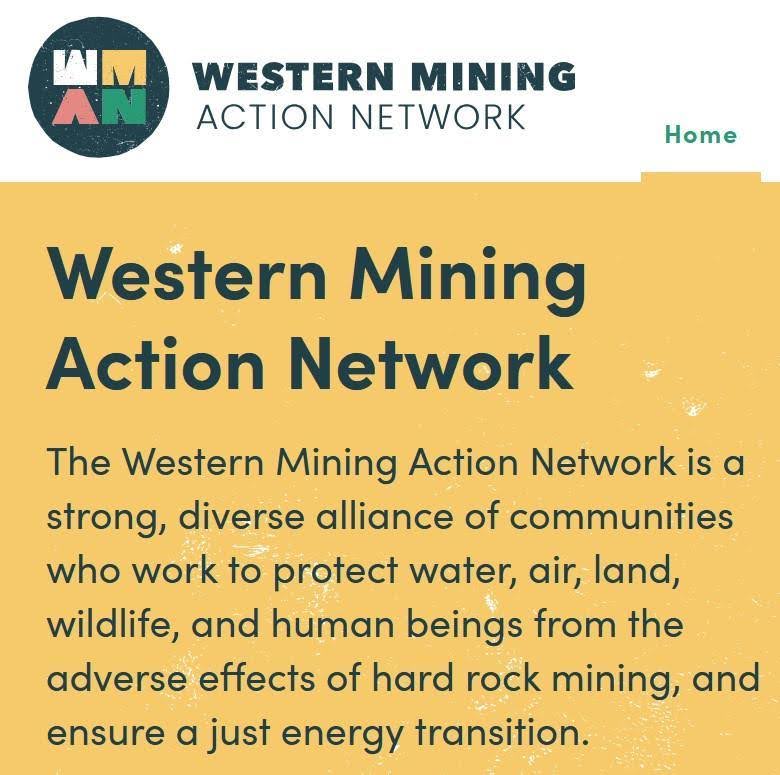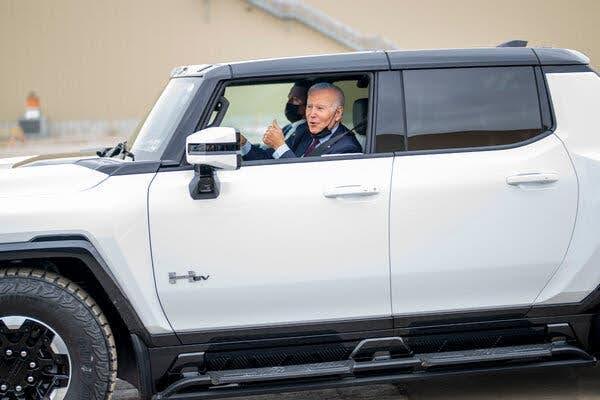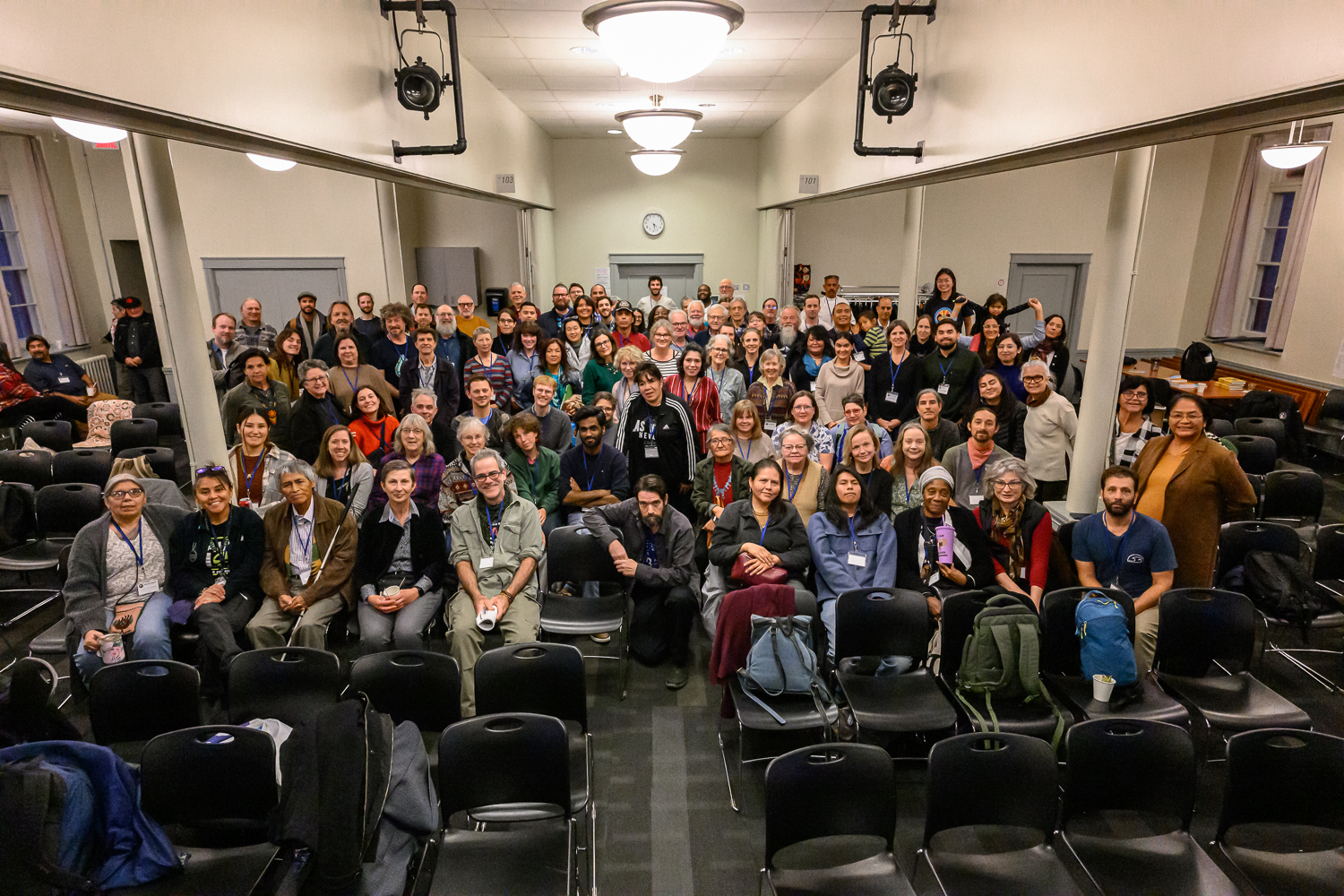On state of mining with JT Haines
Our Northeastern program director, JT Haines, recently attended the Western Mining Action Network’s (WMAN) biennial conference in Quebec. The flagship event connects over 400 individuals, organizations, and representatives from Indigenous groups from across the continent. In the words of WMAN, “the conference is for frontline communities affected by mining and the allies working with them.”
JT shares some of his key takeaways below on the state of mining and the challenges facing those of us committed to protecting our natural resources and people from the harms caused by it. He also highlights a mining myth MCEA and allies are working to dispel, and forecasts what’s ahead for our mining work in 2025.

1.What were the big takeaways you brought home from the conference?
The major theme at this year’s conference was around the idea of “critical,” or, more accurately, “transition” minerals, and how this idea is being used to push mining proposals across jurisdictions.* Everyone who spoke on it emphasized the need to engage less destructive means than new mining to meet our societal needs -- a theme that is of course highly resonant for our work in Minnesota. Here are a few of the facts and ideas shared by speakers that I found helpful.
Indigenous Caucus. The Indigenous Caucus shared its skepticism around the push to mine transition minerals. “Now they’re talking about a ‘just’ transition,” shared one speaker. “But whose just transition is that? We don’t want the caribou to disappear, the sturgeon to disappear. We won’t have electric vehicles in our remote areas. Whose narrative is this?”
“70-90% of these minerals are located within Indigenous territories and on our sacred sites” reported the Caucus. “Really what we’re doing is trading one extractive industry for another.”
A representative from the Abenaki Nation in Vermont outlined a vision to replace mining altogether with a mix of energy conservation (more efficiency + less demand), recycling, and mass transit. He suggested that too little of the current conversation includes balancing the “need” for mined minerals with extraction’s harms.
Transition Minerals Caucus.* WMAN has a new “Transition Minerals Caucus” to address the recent push to expedite mining proposals. A speaker from the caucus described the current state of the regulatory environment in Ontario and the impact of a new industry-friendly law. “There used to be a requirement that a mine resulted in improved conditions at the mine site,” they said. “That’s gone. Staging mines are permitted now too. We are in a state of regulatory collapse in Canada.” Likewise, a speaker from neighboring Quebec described “an explosion of claims,” noting the 400 abandoned mine sites in that province for which there is “never a complete remediation.”
“Mining companies have always said you need us for stuff,” the caucus concluded. “Now they are saying you need us for environmental action. It feels like it is taking a long time for an appropriately dubious reaction to take hold.”

(*WMAN uses the term “transition minerals” instead of “critical minerals” in order to avoid over-simplifying the political nature of the term as it is being debated in DC.)
The Conference Keynote. Keynote speaker Celia Izoad, a journalist from France who wrote a book about mining in the 21st century, also spoke about the emerging dynamic around transition minerals in a talk aptly entitled “How is it that the biggest environmental problem of all time is being solved by the most polluting industry known ever?”
According to Celia, we’ve mined more material in the past 25 years than all the preceding years combined. She described how, despite the heated rhetoric, most of the metals like lithium, cobalt, copper, nickel, are actually going into non-transition uses -- like, for example, servers for Amazon and Google data centers, or, by the hundreds of tons into climate-destroying jets for Airbus (a company that Celia reports is, not coincidentally, behind the new critical minerals law in Europe).
“The main reason for the rush to mine new metals is not the climate transition, it’s not that the ‘elites’ are trying to save the world,” said Celia, “it is that the imperial lifestyle is increasing.”

“Biden administration to award nearly $1.1 billion to Stellantis, GM for EV production.” (Reuters, July, 2024)
Celia concluded with a word of caution about relying on recycling to confront this issue. “The objects we are surrounded by contain more and more metals,” she said. “In a single smartphone, we have over 50 different metals. These are in tiny quantities measured in micrograms, nanograms, which means they cannot be easily recycled.” She said that the servers that are going into the ever-expanding data centers currently are typically landfilled every few years.
2. What is the biggest mining myth you'd like to dispel?
As Blaine Miller-McFeeley, an attendee and partner from Earthjustice has said, “we cannot justly move to a clean energy future at the cost of harming people or the environment.” This is our message at MCEA as well. While we support a cleaner energy transition, we cannot allow that support to be used as a weapon to cause further harm.
A lot more nine thousand pound vehicles won’t suffice, even if they are electric. Wind turbines won’t suffice if they’re only powering an ever more insatiable desire for energy. Lithium, cobalt, copper and nickel won’t help us if they are primarily going into data center servers and new Airbus A320s. In other words, we cannot solve the climate crisis by digging more holes and failing to have much harder discussions about how much energy we can responsibly produce, how much materials we really need, and how both can be distributed equitably. Fortunately, there are positive actions we can take.
3. How are you thinking about MCEA's work on mining over the coming year?
Contradictory or not, this notion of mining companies as climate defenders has gained traction in the public discourse, which has in turn created pressures at the federal and state levels to acquiesce to some of the standard-weakening demands of industry. The charge of hypocrisy against those who own a phone, or drive a Prius, has been regrettably effective at blunting people’s feelings about protecting our lands, waters, communities, and heritage. We’re going to need to do a better job of responding to it collectively if we are going to achieve our goals.
At MCEA, we have some specific things in the works. Hopefully readers know about our Mining the Climate Crisis series on various aspects of this transition minerals debate. This year, we are also producing a sulfide-mining briefing booklet with educational content about the costs of metallic sulfide mining, some of the standards improvements that we at MCEA think would be necessary if we are to consider this type of mining here, and finally some suggestions for responding to industry rhetoric on the topic. Our hope is that this booklet will lead to a more informed conversation around these topics in Minnesota, be absolutely clear about the negative impacts of metallic sulfide mining, and ideally seed some ideas for positive action with the legislature and the public at large.
It was so good to be able to connect with folks from across the continent at the WMAN conference. One of the Indigenous leaders at the conference concluded his comments like this: “I never considered myself an expert, I just do things because of what the elders have done before me. I never do anything alone.”
We have work to do here in Minnesota, work that will take all of us.

Full group photo of conference attendees